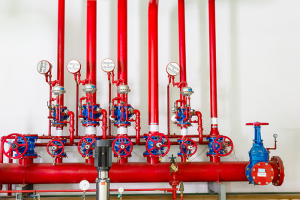Getting into the flow of preventive maintenance
A maintenance technician walks into a mechanical room and sees a bright and shining new air handler that is supposed to serve the newly renovated operating room (OR) on the third floor of a critical access hospital. The technician knows they are supposed to perform preventive maintenance on it, but they have no idea what it is, how it got there or how to start their work.
They go back to the shop and complain to their coworkers, “They did it to us again. Does anyone know anything about the new unit on three? How are we supposed to maintain equipment if we aren’t in the loop?”
Resources
This is a story being repeated in hospitals all across the country. Construction and renovation projects are being built on faster timelines and with greater demands. However, oftentimes the people who are tasked with the lifetime maintenance of the equipment are simply left out of the conversation. The American Society for Health Care Engineering (ASHE) has developed a workflow that can be modified to keep all the stakeholders involved in the process and ensure that critical information is passed along as necessary.
To frame the use of the tool, let’s rewind the scenario above and see if we can change the outcome:
- The hospital has approved capital to renovate an old OR to meet current codes and design standards.
- This will require the addition of a new air handler and exhaust fan to serve the space, along with pressure monitoring, new lights and booms, and an update to the building automation system.
In this example, key stakeholders are brought in at the very start of the project to ensure not only efficient construction or renovation, but ongoing maintenance as well. Those stakeholders include the facilities director, project manager, perioperative staff, design team, construction manager, commissioning agent and, yes, the maintenance technician, too.
Visit the link above to follow the decisions and deliverables of this example.




